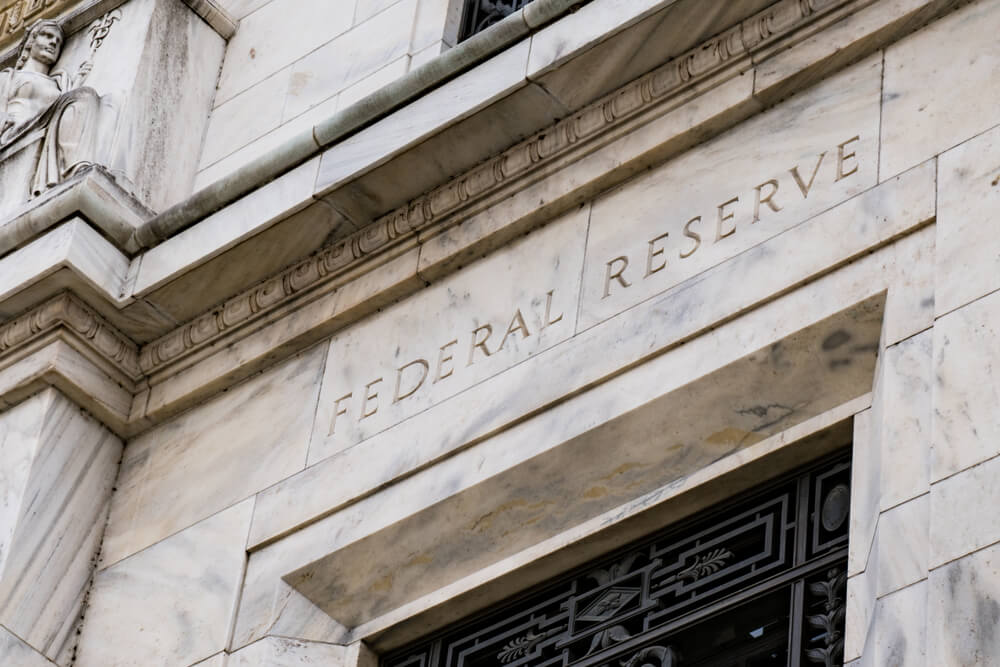Federal Reserve Chairman Jerome Powell has been on a run of speaking engagements this week where he’s talked extensively about the economy and his plan regarding raising the central bank’s benchmark interest rate.
Noting we currently have a “remarkably positive set of economic circumstances,” not all of the news was good, particularly for investors and President Donald Trump, who has been down on the Fed’s rate raising.
Powell on Tuesday repeated what he said during the Federal Open Market Committee last week when the Fed raised its interest rate to 2.25 percent, saying “interest rates are still accommodative” because they just moved above zero.
He surmised that rates are not only are rates far from neutral at this point, but that the Fed also will go past neutral, which isn’t exactly great news for borrowers.
“Interest rates are still accommodative, but we’re gradually moving to a place where they’ll be neutral — not that they’ll be restraining the economy,” he said. “We may go past neutral, but we’re a long way from neutral at this point, probably.”
What that means, specifically, is that Powell is set on pushing past the neutral rate. And every time that has happened throughout history it has led to a market crash.
Powell has said he plans to raise the rate again in December and three more times in 2019. And in doing so, the Fed will likely be the key player in the next bear market, which meshes with the timeline when most experts agree the next collapse will occur: 2020.
About two-thirds of U.S. business economists expect the next recession to begin by the end of 2020, according to the latest poll of 51 forecasters released Monday by the National Association for Business Economics.
In all, about 56 percent of those polled say 2020, about 33 percent say 2021 or later, and about 10 percent think a recession will hit as early as 2019.
